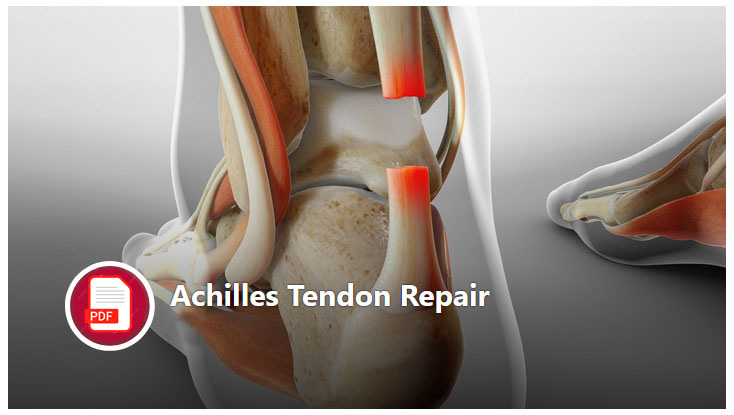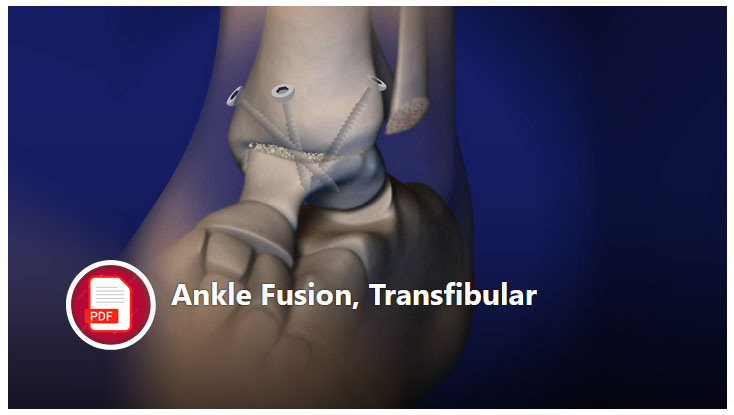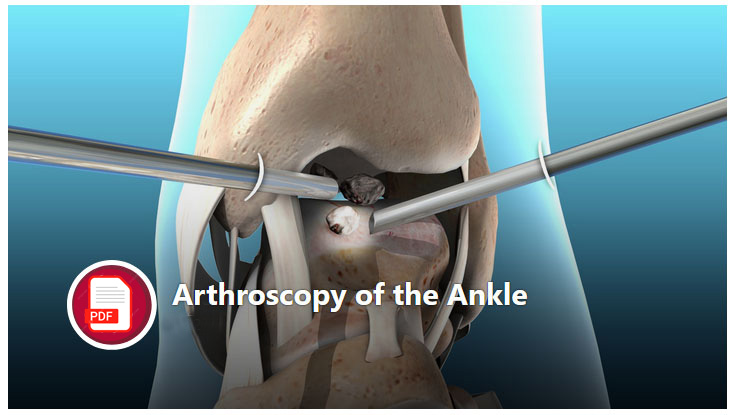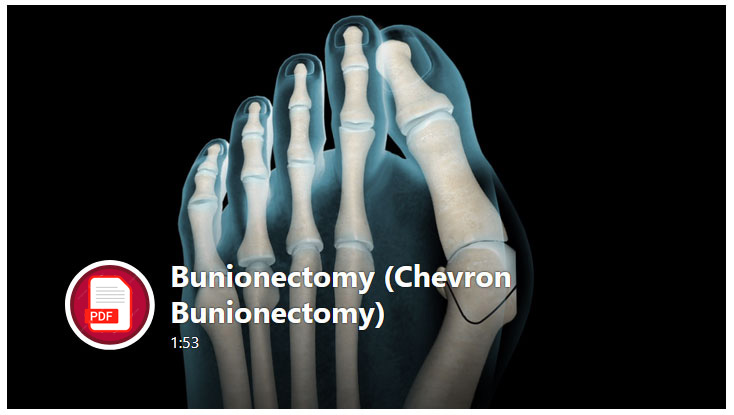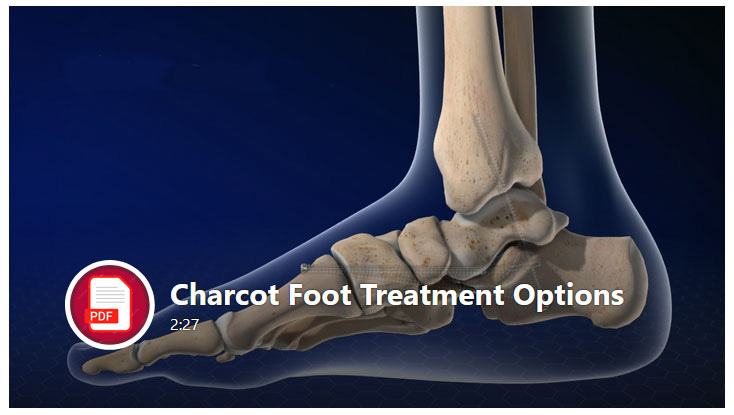Foot & Ankle
How we can help you
At Comprehensive Orthopaedics we can help diagnose the cause of your foot and ankle symptoms and put you on the path to recovery from your injuries.
Foot and ankle injuries can occur due to a variety of reasons. Some of the most common causes include sports injuries, accidents, overuse injuries, and genetic factors. Sprains are caused by stretching or tearing of ligaments, while strains are caused by the stretching or tearing of muscles or tendons. Falls or any trauma can result in fractures or dislocations of foot and ankle bones. Tendinitis occurs when the tendons in the foot or ankle become inflamed or irritated, usually as a result of overuse or repetitive movements.
Symptoms are often accompanied by pain and swelling, and may cause bruising or redness around the affected area. In severe cases, foot and ankle injuries can result in limited mobility, making it difficult to stand, walk, or perform daily activities. Tingling or numbness can also appear as result of a foot or ankle injury.
If you suspect you have a foot or ankle injury, it is important to see a doctor or specialist as soon as possible. At Comprehensive Orthopaedics we will perform a physical examination and diagnostic tests such as X-rays, MRI, or CT scan to correctly identify the injury type and severity. Schedule an appointment with our team of board certified professional orthopaedic doctors.





